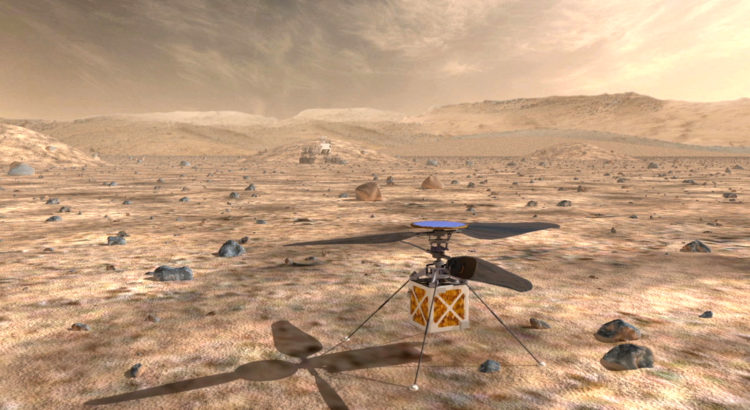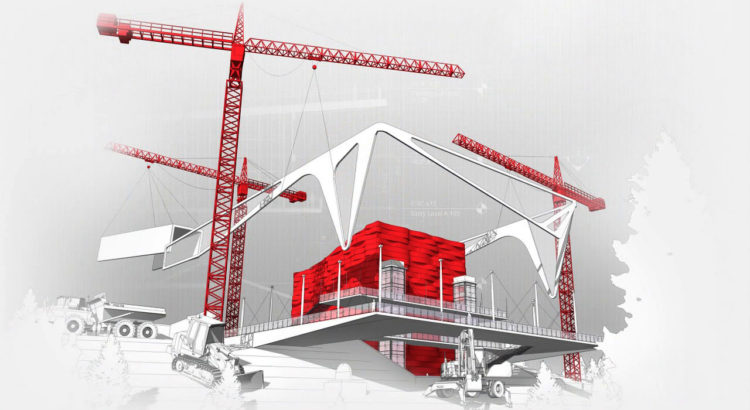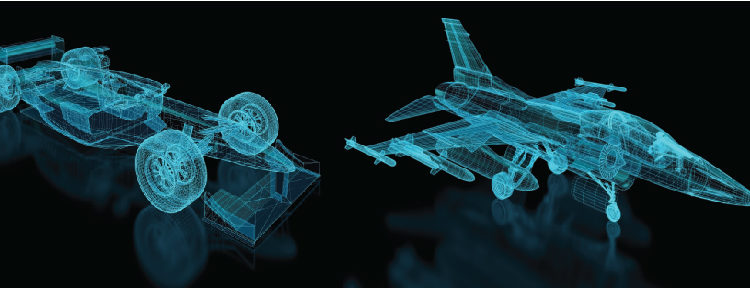Today’s thriving engineering technologies have been surprising us constantly. And, with the changing technologies, we can still expect how things change across different technology domains and industries. Here are ten most groundbreaking innovations in engineering that gives it a new definition.
3D Printing: The computers here converts the digital image of the model into a tangible physical product. The technology can print almost anything by laying layers of materials with the help of 3D printers.
 Floating Train tracks: Researchers are now working to develop steel platforms on which trains can pass. These will have flexible bearings that will let the light rail tracks stay in a line.
Floating Train tracks: Researchers are now working to develop steel platforms on which trains can pass. These will have flexible bearings that will let the light rail tracks stay in a line.
 A Roof that closes like a Camera: One of the Atlanta’s newest stadium, now has a set of eight 500 ton steel petals that unfurl 200 feet above the ground. They can shut quickly in nine minutes shielding the players and the fans from the weather outside.
A Roof that closes like a Camera: One of the Atlanta’s newest stadium, now has a set of eight 500 ton steel petals that unfurl 200 feet above the ground. They can shut quickly in nine minutes shielding the players and the fans from the weather outside.
Replicating the Robot Arms: Robotic arms can now reassemble clones for itself and is cheaper than most of its market competitors.
AquaRefining: The method uses an electrochemical system to dissolve the Lead at room temperature without smelting harmful emission which occurred in the traditional methods.
Genetic Code printing: The new Digital-to-Biological Converter is now able to print genetic code following the digital instructions.
Synthetic Spider Silk: This fabric is developed artificially using yeast and is later spun into fabric using machines. These are the renewable protein-based fibers now available as a merchandise.
Thin Rail Roller-coaster: Designers are now using durable and less amount of steel to develop the Raptor Track roller coaster which easily fit into the intended spaces and offers a highly smooth ride.
 Floating Wind Farm: Scotland is now using a floating wind farm to generate power from wind. Although they are currently close to the seashore, researchers are working to install them at farther distances where the winds are strong.
Floating Wind Farm: Scotland is now using a floating wind farm to generate power from wind. Although they are currently close to the seashore, researchers are working to install them at farther distances where the winds are strong.
Underw ater Snake Bots: The technology can be stationed on the seabed to repair infrastructure damages.
ater Snake Bots: The technology can be stationed on the seabed to repair infrastructure damages.










